
How to Use LifePo4 3.2V 6Ah: Examples, Pinouts, and Specs
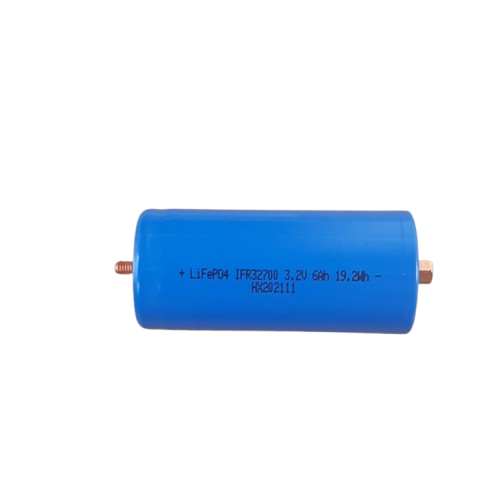
 Design with LifePo4 3.2V 6Ah in Cirkit Designer
Design with LifePo4 3.2V 6Ah in Cirkit DesignerIntroduction
The LiFePO4 3.2V 6Ah battery is a lithium iron phosphate rechargeable battery known for its high safety, long cycle life, and stable discharge voltage. This battery is ideal for applications requiring reliable and consistent power over extended periods. Common use cases include:
- Solar energy storage systems
- Electric vehicles
- Uninterruptible power supplies (UPS)
- Portable electronic devices
- Robotics and automation systems
Explore Projects Built with LifePo4 3.2V 6Ah
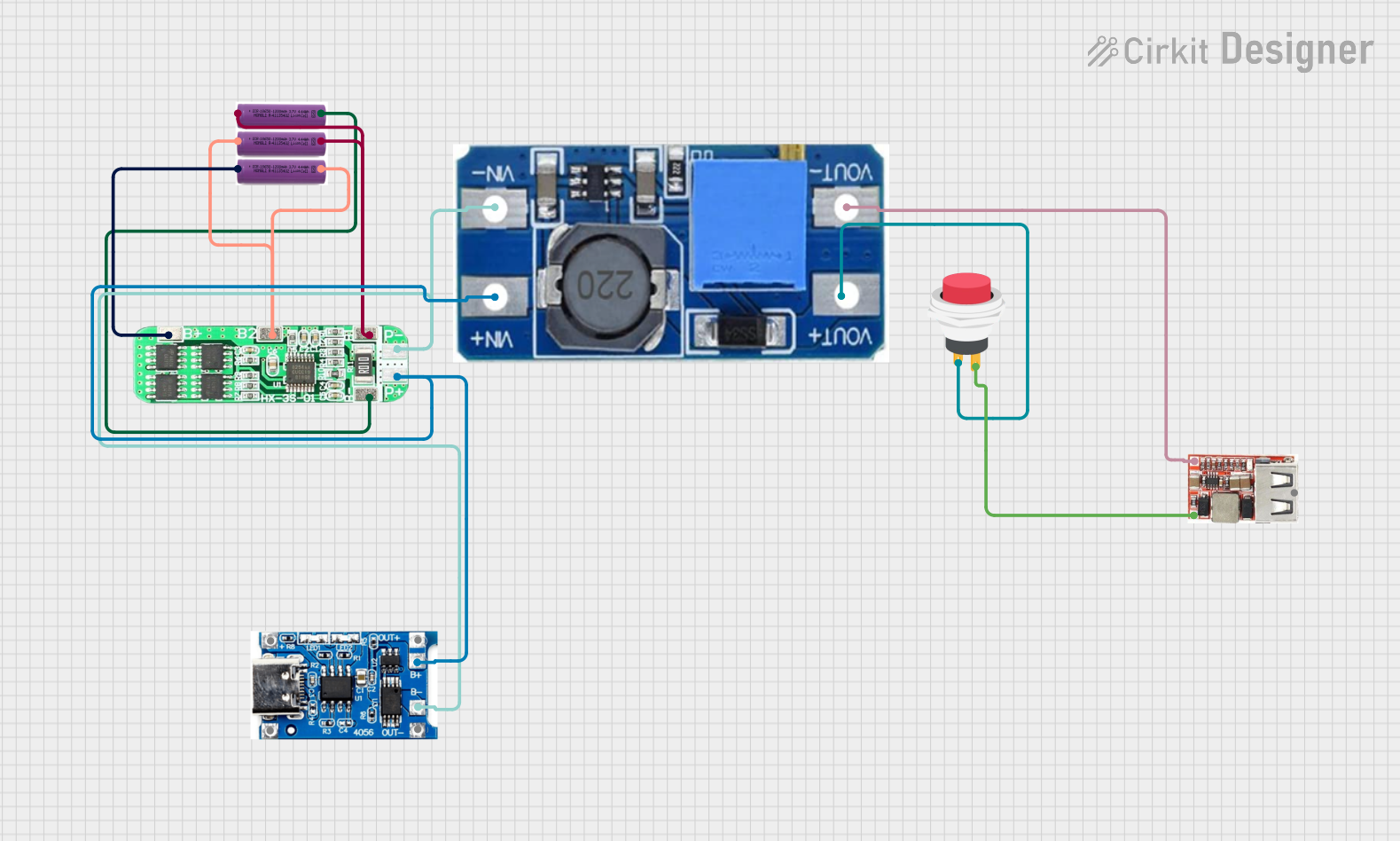
 Open Project in Cirkit Designer
Open Project in Cirkit Designer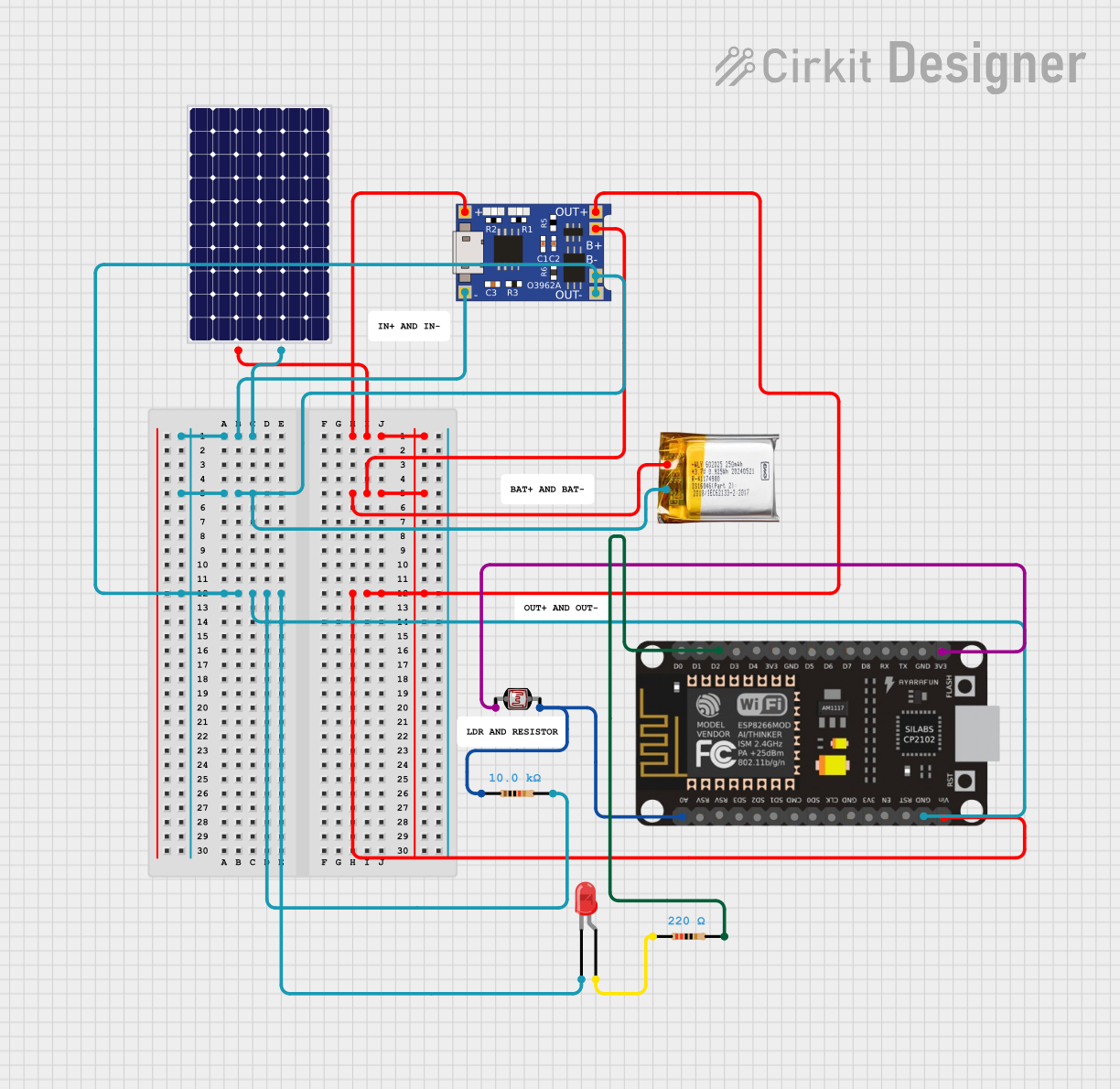
 Open Project in Cirkit Designer
Open Project in Cirkit Designer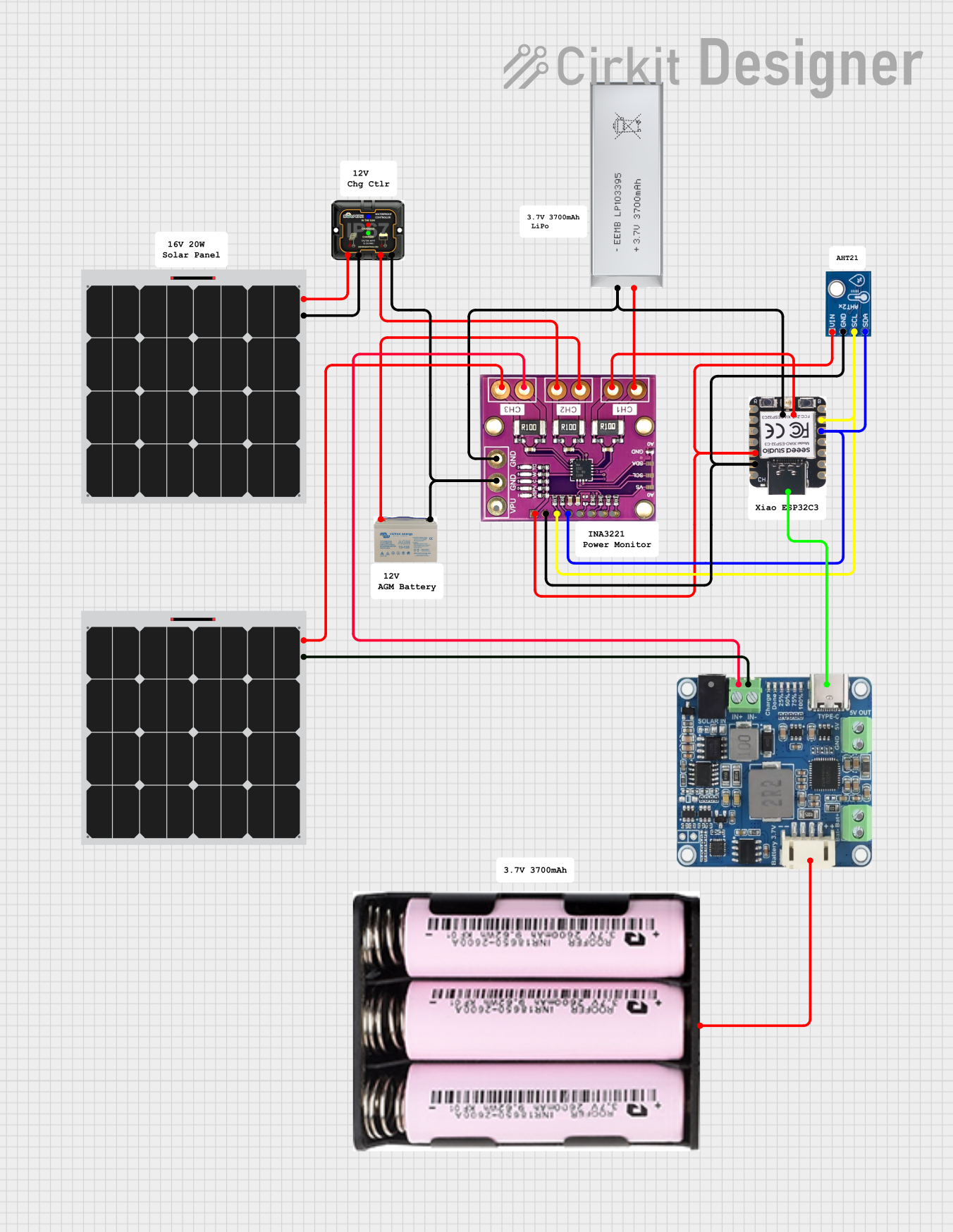
 Open Project in Cirkit Designer
Open Project in Cirkit Designer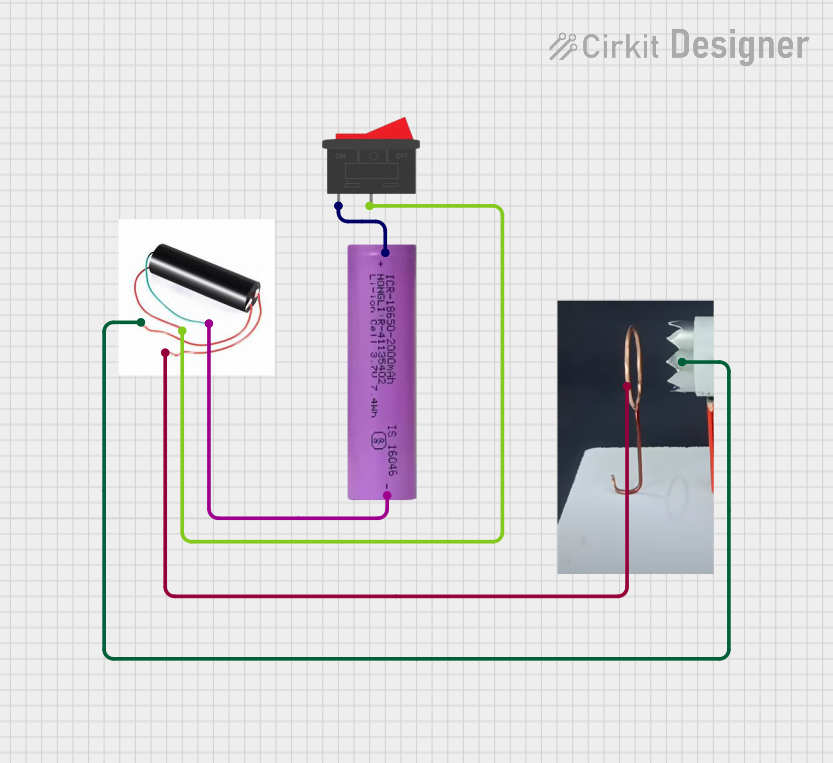
 Open Project in Cirkit Designer
Open Project in Cirkit DesignerExplore Projects Built with LifePo4 3.2V 6Ah

 Open Project in Cirkit Designer
Open Project in Cirkit Designer
 Open Project in Cirkit Designer
Open Project in Cirkit Designer
 Open Project in Cirkit Designer
Open Project in Cirkit Designer
 Open Project in Cirkit Designer
Open Project in Cirkit DesignerTechnical Specifications
Key Technical Details
| Parameter | Value |
|---|---|
| Nominal Voltage | 3.2V |
| Capacity | 6Ah |
| Maximum Charge Voltage | 3.65V |
| Cut-off Discharge Voltage | 2.5V |
| Standard Charge Current | 0.2C (1.2A) |
| Maximum Charge Current | 1C (6A) |
| Standard Discharge Current | 0.2C (1.2A) |
| Maximum Discharge Current | 3C (18A) |
| Cycle Life | >2000 cycles |
| Operating Temperature | -20°C to 60°C |
| Storage Temperature | -20°C to 45°C |
Pin Configuration and Descriptions
| Pin Number | Pin Name | Description |
|---|---|---|
| 1 | Positive | Positive terminal of the battery |
| 2 | Negative | Negative terminal of the battery |
Usage Instructions
How to Use the Component in a Circuit
Connecting the Battery:
- Connect the positive terminal of the battery to the positive rail of your circuit.
- Connect the negative terminal of the battery to the ground rail of your circuit.
Charging the Battery:
- Use a LiFePO4 compatible charger with a maximum charge voltage of 3.65V.
- Ensure the charge current does not exceed 1C (6A) to prevent damage.
Discharging the Battery:
- Ensure the load connected to the battery does not draw more than the maximum discharge current of 3C (18A).
- Monitor the battery voltage and disconnect the load when the voltage drops to 2.5V to prevent over-discharge.
Important Considerations and Best Practices
- Safety First: Always handle the battery with care. Avoid short-circuiting the terminals.
- Temperature Monitoring: Operate the battery within the specified temperature range to ensure optimal performance and longevity.
- Storage: Store the battery in a cool, dry place when not in use. Avoid storing the battery in a fully charged or fully discharged state for extended periods.
Troubleshooting and FAQs
Common Issues Users Might Face
Battery Not Charging:
- Solution: Ensure the charger is compatible with LiFePO4 batteries and the connections are secure. Check the charge voltage and current settings.
Battery Drains Quickly:
- Solution: Verify the load connected to the battery is within the specified discharge current limits. Check for any short circuits or excessive power draw in the circuit.
Battery Overheating:
- Solution: Ensure the battery is operating within the specified temperature range. Reduce the charge or discharge current if necessary.
FAQs
Q1: Can I use a regular lithium-ion charger for my LiFePO4 battery?
- A1: No, you should use a charger specifically designed for LiFePO4 batteries to ensure safe and efficient charging.
Q2: How do I extend the life of my LiFePO4 battery?
- A2: Avoid deep discharges and overcharging. Store the battery in a cool, dry place and operate it within the recommended temperature range.
Q3: Can I connect multiple LiFePO4 batteries in series or parallel?
- A3: Yes, you can connect multiple batteries in series to increase the voltage or in parallel to increase the capacity. Ensure all batteries are of the same type and capacity.
Example Code for Arduino UNO
If you are using the LiFePO4 battery to power an Arduino UNO, here is a simple example code to read the battery voltage using an analog pin:
const int batteryPin = A0; // Analog pin to read battery voltage
float batteryVoltage = 0.0;
void setup() {
Serial.begin(9600); // Initialize serial communication
}
void loop() {
int sensorValue = analogRead(batteryPin); // Read the analog value
batteryVoltage = sensorValue * (5.0 / 1023.0); // Convert to voltage
Serial.print("Battery Voltage: ");
Serial.println(batteryVoltage); // Print the voltage
delay(1000); // Wait for 1 second
}
Note: Ensure the Arduino is powered appropriately and the battery voltage does not exceed the input voltage limits of the Arduino.
This documentation provides a comprehensive guide to understanding, using, and troubleshooting the LiFePO4 3.2V 6Ah battery. Whether you are a beginner or an experienced user, following these guidelines will help you make the most of this reliable power source.